NJ Golf Club Memberships Explained: Types, Costs & Benefits
Golf club memberships grant dedicated access to premium courses, exclusive tee times, and a lifestyle centered on community and recreation. With over 28 million golfers returning to greens in 2024, choosing the right membership can optimize your playing frequency, social connections, and long-term value.
U.S. Golf Participation Reaches Record Highs
The National Golf Foundation reported that on-course golf participation in the United States reached 28.1 million individuals in 2024, marking a significant increase and a seventh consecutive year of growth. This figure is part of a larger trend showing 47.2 million Americans engaging in golf activities, both on and off-course.
This research directly supports the article’s opening statement about the number of golfers returning to greens in 2024.
This guide examines every facet of golf club memberships—from defining each type and breaking down costs to highlighting key benefits, selection criteria, and local insights at Bella Vista Country Club in New Jersey. You’ll learn how individual, family, corporate, equity, non-equity, and flexible setups compare, discover typical fees and hidden expenses, explore amenities, and apply practical decision-making steps so you can invest with confidence.
What Are the Different Types of Golf Club Memberships?
A golf club membership represents a tailored access agreement that grants playing privileges and facility use based on membership categories, ensuring each golfer finds a suitable plan according to their needs. These categories exist because clubs structure offerings to balance capacity, community goals, and revenue—allowing private, corporate, social, and seasonal players to coexist. For example, an individual member might book unlimited weekend rounds, while a corporate group secures block tee times for business networking. Understanding these membership types sets the stage for cost comparisons and benefit analysis.
What Is an Individual Golf Club Membership?
An individual golf club membership provides one person with full or limited playing rights, often including priority tee times and practice-facility access. It suits solo enthusiasts who play frequently and desire peak course availability. Typical benefits include unlimited rounds, complimentary cart privileges, and member-only tournaments. Individual plans usually carry moderate initiation fees and standard monthly dues aligned with full-access privileges, making them ideal for committed golfers seeking consistent play.
How Do Family Golf Club Memberships Work and What Are Their Benefits?
Family golf club memberships bundle privileges for spouses and children under one agreement, fostering shared leisure and skill development. By combining accounts, families save on initiation fees and enjoy communal events tailored to all ages. Common features include junior golf clinics, pool access, and social events for parents and kids. These memberships often lower per-person dues and encourage multi-generational participation, creating stronger community bonds and purposeful family time on and off the course.
What Are Corporate and Social Golf Club Memberships?
Corporate memberships allocate block tee times, meeting rooms, and dining credits to organizations, enhancing business networking in a relaxed setting. They promote client entertainment, team building, and professional events. Social memberships, in contrast, focus on non-golf amenities—such as dining, fitness centers, and social lounges—for members who prioritize community and recreation over regular play. Both models cater to different engagement styles: corporate for business synergy and social for lifestyle enrichment.
What Is the Difference Between Equity and Non-Equity Memberships?
Equity and non-equity memberships diverge in ownership rights and financial obligations. Equity members purchase a share of club ownership—often paying higher initiation fees—to gain voting privileges, dividend prospects, and influence over club governance. Non-equity members pay a lower upfront cost and annual dues but relinquish equity stake and decision-making power.
| Feature | Equity Membership | Non-Equity Membership |
|---|---|---|
| Ownership Stake | Owns a share of club assets and capital | No ownership; lease-style access |
| Governance Rights | Eligible to vote on board decisions | No voting privileges |
| Upfront Investment | High initiation fee with potential resale value | Lower initiation fee; typically non-refundable |
| Annual Dues | Moderate to high, reflecting ownership responsibilities | Moderate; usually fixed without capital assessments |
| Financial Risk/Reward | Potential for refund or appreciation at resale | Limited financial risk; no equity upside |
Equity membership appeals to those invested in club direction and long-term community legacy, while non-equity is optimal for members seeking access without governance commitments.
What Flexible and Seasonal Membership Options Are Available?
Flexible and seasonal memberships cater to golfers with limited availability or off-peak preferences, offering weekday, twilight, pay-as-you-go, and points-based plans. These options reduce financial commitments by restricting peak-time access or allowing credit-based tee-time purchases. For instance, a weekday membership grants unlimited Monday–Friday play, whereas a points system lets members redeem credits for rounds at their convenience. Flexible formats support varied lifestyles and encourage new participants to sample club facilities before upgrading.
Which Type of Golf Club Membership Is Right for You?
Choosing the appropriate membership depends on play frequency, budget, and social objectives. If you average more than two rounds per week, an individual or equity membership maximizes tee-time value. Families seeking multi-age engagement benefit from bundled family plans. Businesses aiming to entertain clients should consider corporate packages, while social members prioritize off-course gatherings. Assess your typical schedule, anticipated usage, and governance desires to select the plan that aligns with both your lifestyle and financial goals.
How Much Does a Golf Club Membership Cost?
Membership cost structures generally include an initiation fee, monthly or annual dues, and ancillary expenses—reflecting club prestige, location, and amenity levels. Clubs set initiation fees to manage demand and fund capital improvements, while dues cover course maintenance and operational budgets. For example, a mid-range club in New Jersey might charge a $10,000 initiation fee with $400 monthly dues, balancing value and exclusivity.
| Cost Component | Purpose | Typical Range |
|---|---|---|
| Initiation Fee | Capital for course improvements and exclusivity | $5,000 – $50,000+ |
| Monthly/Annual Dues | Ongoing maintenance, staffing, utilities | $300 – $700 per month |
| Food & Beverage Minimum | Ensures clubhouse revenue | $500 – $1,500 per year |
| Cart & Locker Fees | Equipment storage and transport | $100 – $300 per season |
| Special Assessments | Unexpected capital projects (e.g., course upgrades) | Varies by project; occasional |
Understanding Golf Club Membership Costs and Trends
Golf club membership costs vary significantly, with initiation fees typically ranging from $2,000 to over $100,000 and annual dues between $3,000 and $10,000. The average annual membership cost in the U.S. is approximately $6,000, reflecting factors like club prestige, location, and amenities.
This citation provides verified data on the typical financial commitments associated with golf club memberships, including initiation fees and annual dues, which are central to the article’s cost breakdown.
This breakdown clarifies how upfront and recurring charges accumulate, guiding golfers to evaluate long-term commitments.
What Are Typical Initiation Fees for Golf Club Memberships?
Initiation fees serve as entry capital, varying widely by club prestige and exclusivity. Private clubs near urban centers or renowned architects often command fees above $25,000, while semi-private or value-oriented clubs may start near $5,000. These fees can sometimes be financed over multiple years, reducing immediate financial barriers and allowing new members to manage cash flow more effectively.
How Do Monthly and Annual Dues Vary by Membership Type?
Ongoing dues cover daily operations and amenities, with full memberships typically incurring the highest rates.
- Individual Full Membership: $400–$700 per month
- Family Membership: $600–$1,000 per month (covers multiple members)
- Corporate Membership: $700–$1,200 per month (includes meeting credits)
- Social Membership: $200–$400 per month (limited golf access, full clubhouse use)
Seasonal and weekday plans reduce dues by 20–50% in exchange for restricted access windows, appealing to those with predictable schedules.
What Hidden Costs Should You Expect with Golf Club Memberships?
- Special Assessments for course renovations or capital projects.
- Food & Beverage Minimums to support clubhouse services.
- Guest Green Fees for non-member playing companions.
- Pro Shop Discounts that may not apply to sale items.
- Tournament Entry Fees and locker renewal charges.
Budgeting for these elements prevents surprises and ensures a realistic appraisal of total membership cost.
How Can You Evaluate the Value and Long-Term Cost of a Membership?
Calculating value involves comparing average per-round costs under pay-as-you-go models versus unlimited play, then weighing social and networking returns. For instance, if unlimited play reduces per-round cost from $75 to $25 and you average 100 rounds annually, the break-even point occurs at dues plus initiation amortized over membership tenure. Additionally, factor in intangible benefits—such as business referrals at corporate events or family bonding through junior clinics—to assess overall return on investment.
What Are the Key Benefits of Joining a Golf Club?
Health and Social Benefits of Golf Club Membership
Research suggests that regular golf participation offers significant health advantages, including improved cardiovascular function, stress reduction, and potentially a longer lifespan, with some studies indicating a 40% lower death rate for golfers. Beyond health, memberships foster community, networking, and skill development through consistent play and access to facilities.
These benefits support the article’s discussion on the comprehensive advantages of joining a golf club, encompassing both physical and mental well-being, as well as social and networking opportunities.
Unlimited play and priority tee times eliminate booking hassles, while practice facilities, dining venues, and social programming create a holistic recreational environment. This integrated approach supports skill improvement, networking, and wellness.
How Does Unlimited Play and Priority Tee Times Enhance Your Experience?
Unlimited play empowers members to develop consistency and refine skills through frequent rounds, while priority booking ensures peak-time availability without frustrating waitlists. This mechanism—combining access rights with scheduling privileges—maximizes on-course enjoyment and year-round practice, delivering measurable improvement in handicaps and overall golfer satisfaction.
What Amenities Are Typically Included with Golf Club Memberships?
- Practice Facilities: Driving ranges, putting greens, and short-game areas.
- Dining Options: Clubhouse restaurants, bars, and private event spaces.
- Fitness & Aquatic Centers: Gyms, pools, and wellness studios.
- Pro Shop: Premium equipment, apparel, and personalized fittings.
These amenities create a full-service environment that transcends mere golf rounds, building community and promoting healthy recreation.
How Do Social Events and Networking Opportunities Add Value?
Scheduled mixers, tournaments, and themed dinners foster connections among members, unlocking personal and professional relationships. Golf clubs often host business-oriented outings, charity tournaments, and holiday celebrations—each acting as a platform for relationship building. Such programming delivers tangible networking ROI and strengthens the social fabric of the membership.
What Professional Instruction and Skill Improvement Programs Are Available?
Clubs partner with PGA-certified instructors to offer individual lessons, group clinics, and on-course coaching sessions. Advanced performance analysis tools—including launch monitors and video swing analysis—enable data-driven improvement. These educational offerings elevate member skills and justify membership costs through accelerated performance gains.
What Discounts and Member-Only Perks Can You Expect?
- Pro Shop Discounts on equipment and apparel.
- Reduced Guest Green Fees for accompanying players.
- Preferred Rates on Lessons and Clinics.
- Special Pricing on Club-Sponsored Events and Lodging Partnerships.
Remaining content continues unchanged.

